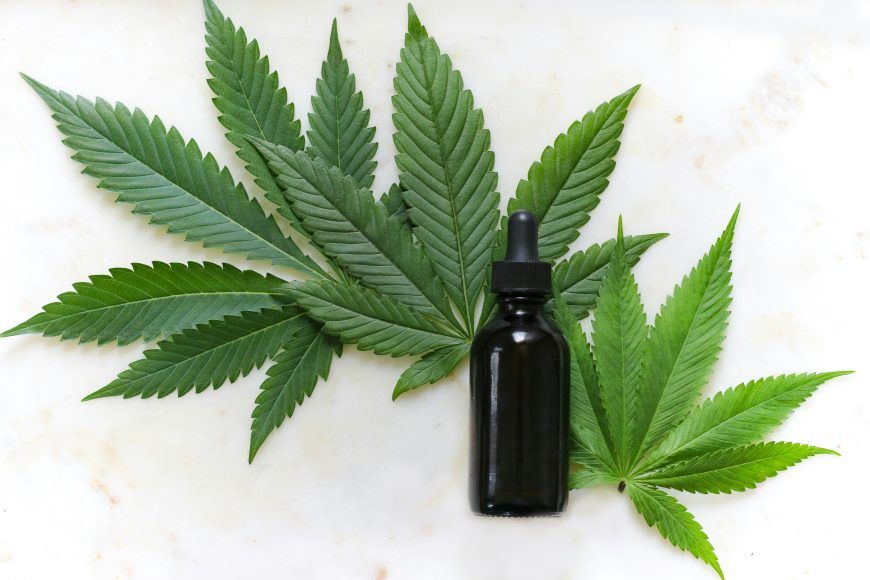Obtain cannabis success with a strategic cultivation operations plan. From seed to sale, master the 6 steps for effective cannabis product development.
At the core of any successful cannabis product development lies a well-crafted cultivation operations plan. This blueprint outlines the entire process, from seed to sale, ensuring that each step is executed with precision and efficiency. From selecting the perfect strains to cultivating them in optimal environments, every decision is carefully made to produce the highest quality cannabis. With the right cultivation operations plan in place, you can unlock the full potential of your cannabis product development journey, paving the way for groundbreaking innovations and unparalleled success.
What are the Top Cannabis Product Categories?
When it comes to cannabis product development, it’s crucial for manufacturers to understand the market and consumer preferences. The Government of Canada, through Health Canada, has provided valuable insights into the most popular cannabis products based on sales data for the reporting period ending in October 2023. Let’s dive into the numbers and explore what this means for cannabis manufacturers.

Dried Cannabis: The Backbone of the Industry
Dried cannabis takes the lead in popularity, representing a significant proportion of total sales at 53%. With an impressive 10,626,768 units sold, it’s clear that dried cannabis remains the backbone of the industry. This data indicates that there is a high demand for traditional cannabis flower and bud. Manufacturers should consider expanding their cultivation efforts to meet the market’s appetite for dried cannabis.
Edible Cannabis: A Growing Appetite
Edible cannabis products hold a respectable 22% share of total sales, with 4,411,111 units sold. This category has seen significant growth, as more consumers are seeking alternative consumption methods beyond smoking or vaping. Manufacturers should take note of this trend and invest in the development of a diverse range of edible cannabis products. From gummies to baked goods, the possibilities are endless.
Cannabis Extracts: Rising in Popularity
Cannabis extracts, such as oils, tinctures, and concentrates, have gained momentum in the market, representing 24% of total sales. With 4,812,121 units sold, it’s clear that consumers are increasingly interested in the concentrated forms of cannabis. Manufacturers should seize this opportunity to innovate and create high-quality extracts that cater to the diverse needs of consumers.
The Future of Cannabis Product Development
Based on the data provided by the Government of Canada, cannabis manufacturers should focus their new product development efforts on the most popular categories: dried cannabis, edible cannabis, and cannabis extracts. By aligning their offerings with consumer demand, manufacturers can maximize their market share and profitability.
Take Advantage of GrowerIQ’s Seed to Sale Software
To ensure success in cannabis product development, manufacturers need efficient and reliable management systems. That’s where GrowerIQ’s cannabis manufacturing software comes in. Whether you’re manufacturing oils, gummies, pre-rolls, hash, edibles, topicals, or anything else you can come up with, GrowerIQ lets you stay on top of operations with the most intuitive experience.
Step 1: Ideation
The ideation phase marks the thrilling beginning of the journey towards creating innovative and successful products. This initial stage involves brainstorming and conceptualizing ideas for new cannabis products, ensuring that they align with the company’s vision and market demands. The ideation phase is crucial as it sets the foundation for the entire product development lifecycle.

Nurturing Creativity
During the ideation phase, cannabis manufacturers engage in a creative process to generate ideas and concepts that will captivate consumers in the burgeoning cannabis market. They explore various product possibilities, considering factors such as target market, consumer preferences, and market trends. This involves conducting extensive market research to identify gaps and opportunities, and to gain insights into what customers desire from cannabis products.
Crafting a Standout Product
Key activities during the ideation phase include defining the product’s purpose, determining its unique selling proposition (USP), and outlining the desired functionality and features. The goal is to create a product that stands out from the competition, meets consumer needs, and offers a distinct value proposition. This may involve brainstorming sessions, idea generation workshops, and collaboration with cross-functional teams to explore different perspectives and ensure a comprehensive approach.
Strategic Planning with SWOT
Cannabis manufacturers should conduct a SWOT analysis (Strengths, Weaknesses, Opportunities, and Threats) during the ideation phase. This analysis helps evaluate the viability and potential success of the proposed product.
By assessing internal strengths and weaknesses, as well as external market opportunities and threats, companies can make informed decisions about whether to proceed with the product development process. The SWOT analysis provides valuable insights into potential risks and challenges, allowing for strategic adjustments and enhancements to improve the chances of success.
Related Reading
- Marijuana Grow System
- Cannabis Climate Control
- When To Transplant Cannabis
- Perpetual Harvest
- Cannabis Industry Statistics 2024
- Cannabis Grow Room
- Cannabis Mother Plant
- Propagating Cannabis
- Cannabis Grow Problems
Step 2: Product Definition
Product definition is a crucial phase in the cannabis product development lifecycle. During this phase, companies analyze whether their product aligns with their overall business objectives and determine its value proposition. This is a fundamental step that sets the foundation for the entire development process.
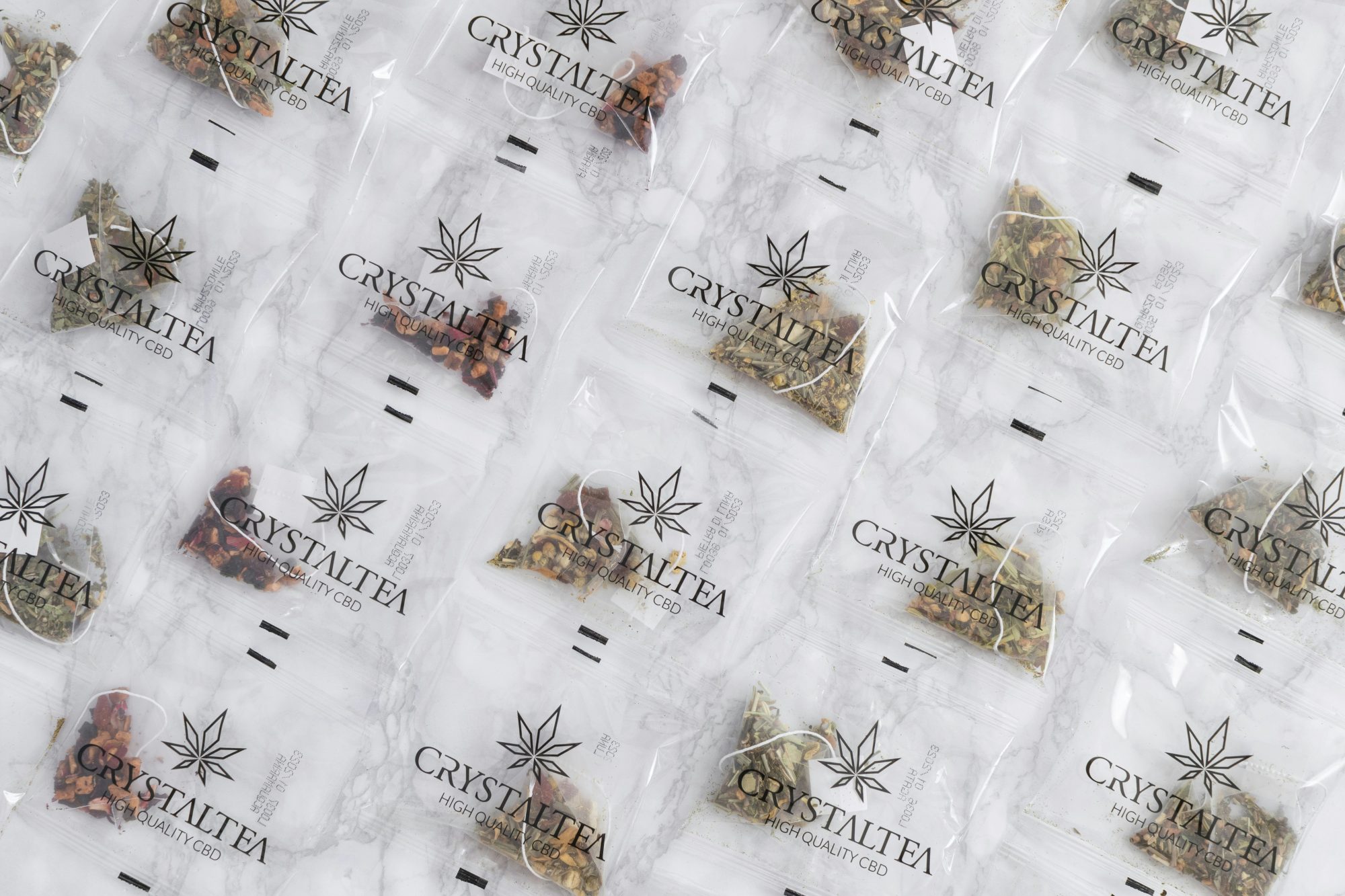
Decoding Markets
One of the key activities in the product definition phase is conducting a comprehensive market analysis. This involves researching the target market and understanding the needs, preferences, and purchasing behavior of potential customers. By gaining insights into the market dynamics and consumer demands, a cannabis manufacturer can develop a product that truly resonates with its target audience.
Strategic Marketing in Product Definition
Another important process during product definition is the development of a marketing strategy. This involves identifying the product’s unique selling points, positioning it in the market, and crafting a compelling brand story. A well-defined marketing strategy ensures that the product’s features and benefits are effectively communicated to the target market, increasing the chances of success.
Measure to Succeed
It is essential to establish key performance indicators (KPIs) during this phase. KPIs help measure the projected performance of the product, tracking metrics such as sales, market share, and customer satisfaction. By setting clear and measurable goals, a cannabis manufacturer can evaluate the success of their product and make informed decisions for future iterations or expansions.
Step 3: Prototyping
The prototyping phase plays a crucial role in determining the success and viability of a product. This phase focuses on testing and refining the product concept, ensuring that it aligns with the needs and preferences of target consumers. Let’s explore the key activities and processes that a cannabis manufacturer should follow during this stage, paving the way for innovation and growth.
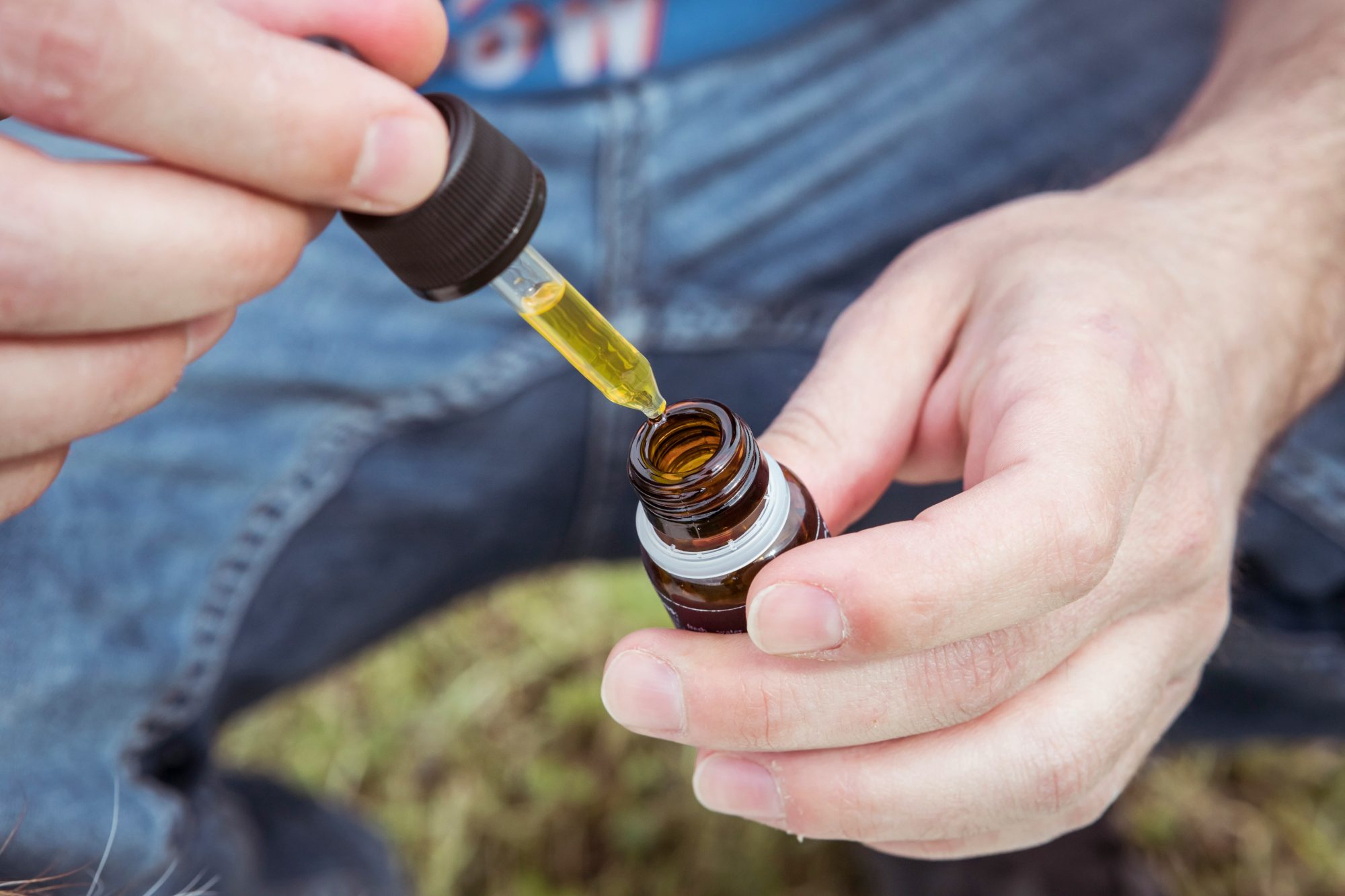
1. Feasibility Study
The first step in the prototyping phase involves conducting a comprehensive feasibility study. This study assesses the technical, financial, and operational aspects of the proposed product, examining potential obstacles that may impede its successful launch. By identifying gaps and challenges early on, manufacturers can make informed decisions and mitigate risks before investing significant time and resources.
2. Identifying Capital Expenditures
Once the feasibility study is complete, manufacturers can determine if any capital expenditures are required to bring the product to market. This entails identifying the necessary equipment, infrastructure, or technology that may be needed. By carefully evaluating the return on investment (ROI) of these expenditures, manufacturers can make informed decisions about whether to proceed with purchasing or upgrading equipment, ensuring that the product is produced efficiently and at a competitive cost.
3. Testing and Refining
The prototyping phase also involves iterative testing and refinement of the product. Manufacturers create prototypes that closely resemble the final product and conduct rigorous testing to assess its quality, performance, and consumer appeal. This process involves gathering feedback from potential consumers, industry experts, and internal stakeholders to identify areas for improvement. By continually refining the product based on this feedback, manufacturers can increase its market readiness and enhance its competitive advantage.
4. Documentation and Specifications
Throughout the prototyping phase, it is imperative for manufacturers to maintain detailed documentation and specifications. This includes recording the design, features, manufacturing processes, and materials used, ensuring consistency and reproducibility. This documentation serves as a valuable reference for future production, quality control, and regulatory compliance purposes.
5. Regulatory Compliance
During the prototyping phase, it is essential for cannabis manufacturers to consider the legal and regulatory requirements associated with their product. This includes ensuring compliance with local, state, and federal laws regarding production, labeling, packaging, and distribution. By proactively addressing compliance issues during the prototyping phase, manufacturers can avoid costly delays or penalties later on.
Pro-Tip for Cannabis Cultivators
Seed to sale software is a powerful tool that revolutionizes the process of cannabis product development. By incorporating this software into their operations, cannabis businesses can optimize every stage of the cultivation process, from planting the seed to selling the final product.

Did you know? GrowerIQ has an industry-leading Seed-to-Sale Cannabis Software (with quality management built in) that is designed to uncomplicate cannabis production for cannabis producers throughout the world.
Step 4: Initial Design
The initial design phase plays a crucial role in shaping the success of a manufacturer’s endeavors. This phase is where the foundations of the product are laid, and key decisions are made that will impact the entire lifecycle of the product. Let us delve into the key activities and processes that a cannabis manufacturer should follow during this stage to ensure the best possible outcome.
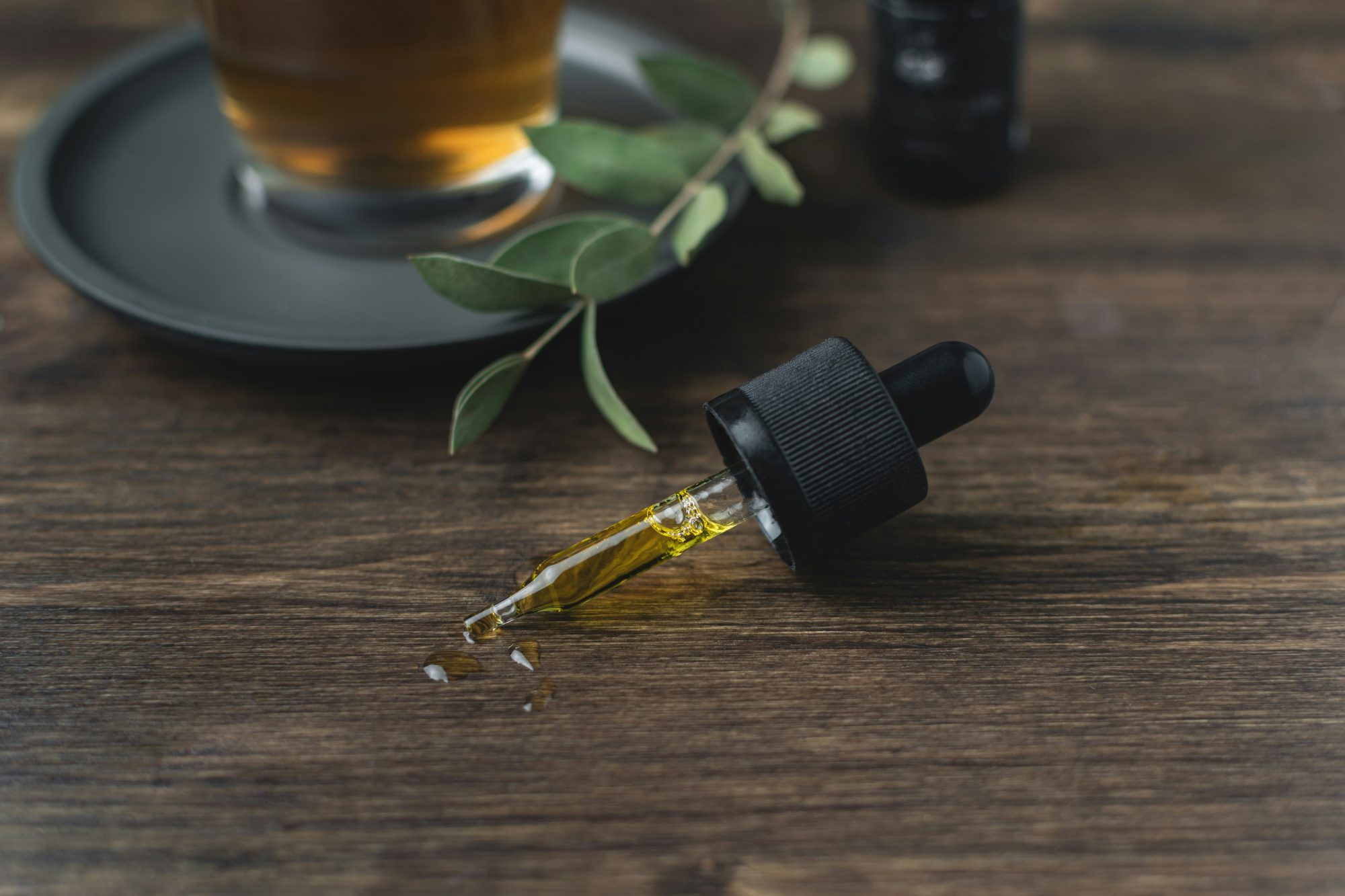
1. Defining the Minimum Viable Product (MVP)
At the initial design phase, it is essential for cannabis manufacturers to clearly define their Minimum Viable Product (MVP). The MVP refers to the most basic version of the product that can be launched to the market, while still providing value to customers. By determining the core features, functionalities, and characteristics of the product, manufacturers can set a clear vision and purpose for their development efforts.
2. Conducting Market Research
To ensure the success of their product, cannabis manufacturers must conduct thorough market research during the initial design phase. This involves gathering data on customer preferences, market trends, and competitor analysis. By understanding the needs and desires of their target market, manufacturers can make informed decisions on product design, branding, and marketing strategies.
3. Engaging Stakeholders and Receiving Feedback
During this stage, it is vital for cannabis manufacturers to engage with key stakeholders and gather initial feedback on their product design. These stakeholders can include investors, regulatory bodies, industry experts, and potential customers. By seeking input from these individuals, manufacturers can gain valuable insights and identify any necessary modifications or improvements that need to be made to their product.
4. Designing Prototypes
Prototyping is a critical activity in the initial design phase as it allows manufacturers to visualize their product ideas and test them in a real-world context. By creating prototypes, cannabis manufacturers can assess the functionality, aesthetics, and user experience of their product. This process enables them to identify any potential issues or areas for improvement before moving forward with production.
5. Cost Estimation and Material Requirements
Another crucial aspect of the initial design phase is to estimate the costs associated with manufacturing the product and identify the necessary materials. This involves conducting a detailed analysis of the production process, including labor, equipment, raw materials, and packaging. By accurately estimating the costs and material requirements, cannabis manufacturers can make informed decisions on pricing, profitability, and resource allocation.
Related Reading
- Cannabis Enterprise Resource Planning
- Cannabis Compliance
- Indoor Grow Room Supplies List
- Cannabis Industry Statistics 2024
- Marijuana Growing Equipment
- Cannabis Cloning
- How To Clean Grow Tent
- Cannabis Erp Selection
- Cannabis Grow Equipment
- Sensors For Cannabis Growers
- Cannabis Remote Monitoring
- Cannabis Ipm
- Cannabis Growing Systems
- Cannabis Grow Log
- Cannabis Grow Tracking
- Cannabis Erp Adoption
Step 5: Validation and Testing
The validation and testing phase of product development is crucial to ensure that the final product meets the highest standards of quality, safety, and efficacy. This phase is the last step before launching the product into the market, and it involves a series of key activities and processes that every cannabis manufacturer should follow.
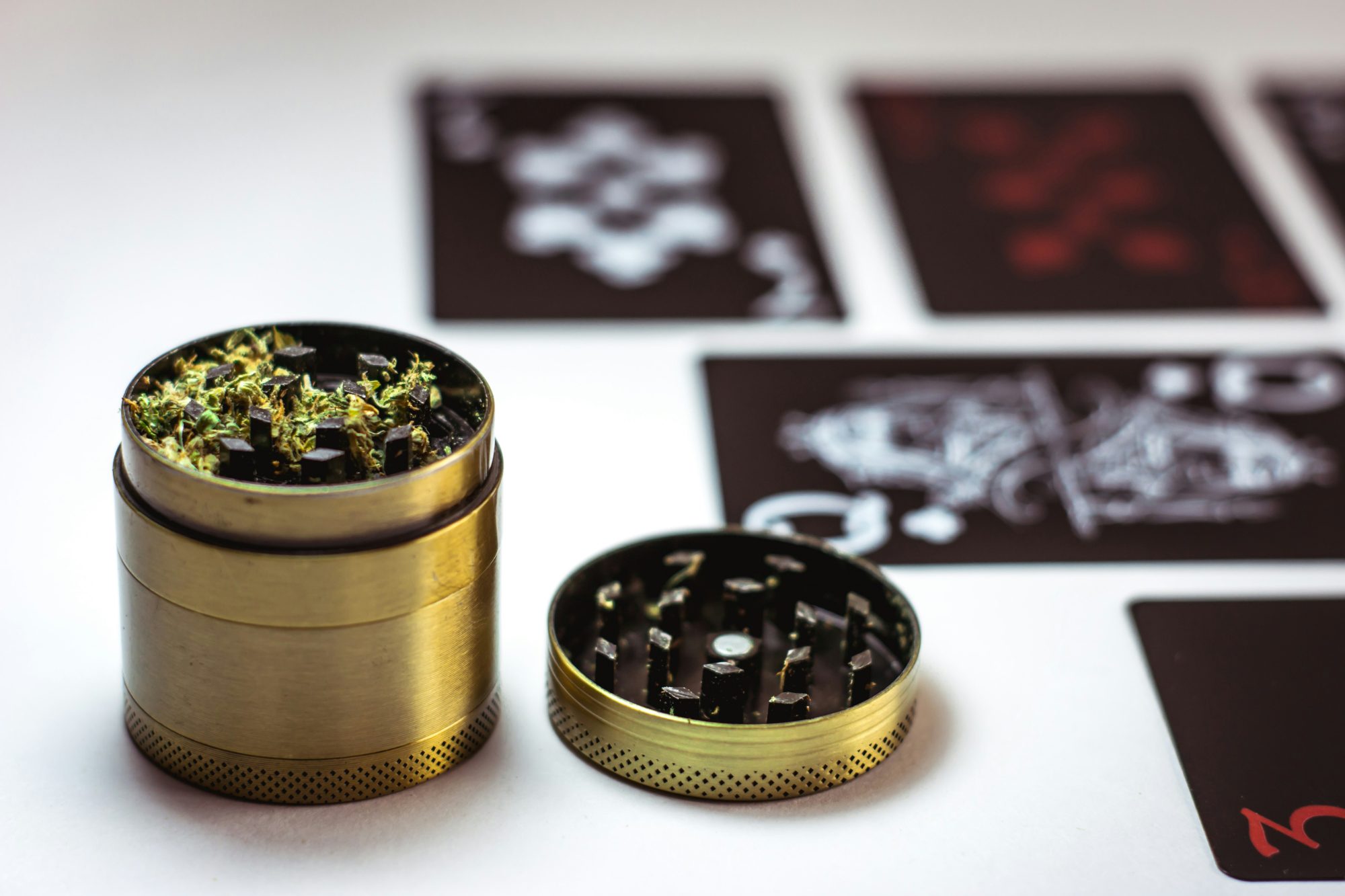
1. Product Performance Testing
During the validation and testing phase, it is essential to conduct rigorous testing to verify that the cannabis product performs as intended. This includes evaluating its potency, consistency, and overall effectiveness. Testing the product’s performance ensures that it delivers the desired therapeutic effects and meets the expectations of the consumers. By understanding the product’s performance, manufacturers can make any necessary adjustments to improve its efficacy and overall user experience.
2. Quality Assurance Testing
Quality assurance testing is another crucial aspect of the validation and testing phase. This process involves conducting various tests to ensure that the cannabis product meets the highest standards of quality, purity, and safety. These tests typically include microbiological analysis, pesticide screening, residual solvent testing, and heavy metal analysis. By performing comprehensive quality assurance testing, manufacturers can ensure that their products are free from contaminants and safe for consumption.
3. Customer Feedback and User Experience Testing
Gathering customer feedback and conducting user experience testing is vital during the validation and testing phase. This involves releasing a small quantity of the product into the market to gather feedback from early adopters and beta testers. By listening to the customers’ experiences and preferences, manufacturers can gather valuable insights that can help them make any necessary adjustments before scaling up production. Customer feedback and user experience testing allow companies to fine-tune their product to meet the specific needs and preferences of their target market.
Step 6: Commercialization
The commercialization phase is where the rubber meets the road. It is the stage where a cannabis manufacturer is ready to bring their product to the market and start generating revenue. This phase requires careful planning and execution to ensure success in a highly regulated and competitive industry.
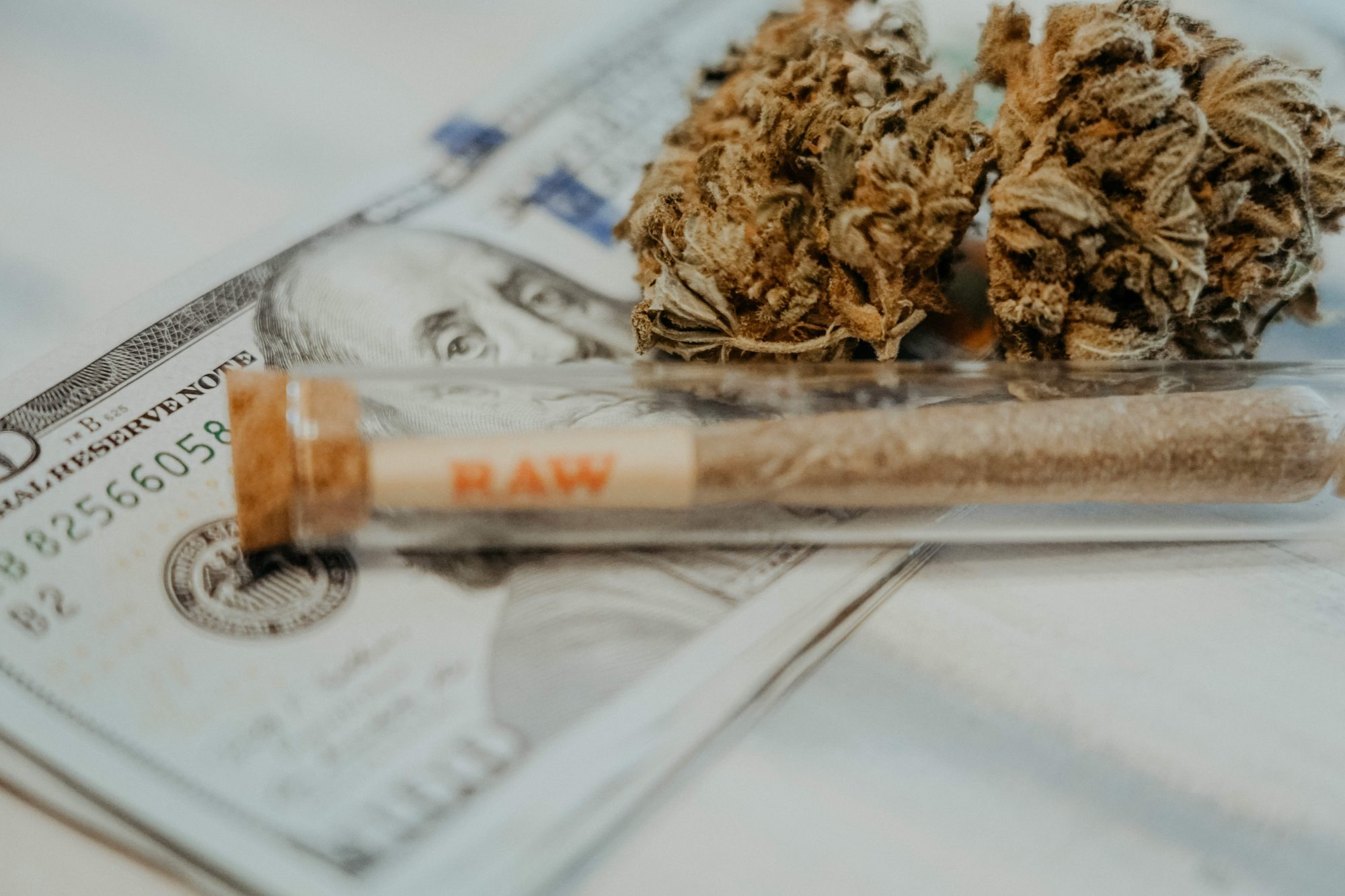
Market Research and Analysis
Before launching a cannabis product, it is crucial to conduct thorough market research and analysis. This involves understanding the target market, identifying consumer preferences and trends, and assessing the competition. By gathering data and insights, a cannabis manufacturer can make informed decisions about product positioning, pricing, packaging, and marketing strategies.
Regulatory Compliance
Compliance with regulations is paramount in the cannabis industry. At the commercialization stage, a cannabis manufacturer must navigate complex and ever-changing compliance requirements. This includes obtaining licenses, ensuring proper labeling and packaging, adhering to product testing and quality control standards, and maintaining accurate record-keeping. By staying ahead of regulatory changes and investing in compliance, a manufacturer can mitigate risks and build trust with consumers and regulatory agencies.
Production Scaling and Supply Chain Management
As demand for a cannabis product increases, it is essential to scale up production while maintaining quality control. This involves optimizing cultivation operations, ensuring consistent and efficient manufacturing processes, and establishing a robust supply chain. A cannabis manufacturer must carefully manage inventory, ingredients, and raw materials to meet customer demand and avoid shortages or excesses.
Marketing and Branding
To successfully commercialize a cannabis product, effective marketing and branding strategies are critical. This includes developing a compelling brand identity, creating market positioning and differentiation, and implementing targeted marketing campaigns. Digital marketing, social media engagement, and influencer partnerships can play a significant role in raising brand awareness and driving customer engagement.
Sales and Distribution Channels
Establishing sales and distribution channels is vital for getting a cannabis product into the hands of consumers. This includes building relationships with retailers, dispensaries, and online platforms, negotiating contracts, and implementing effective distribution strategies. A cannabis manufacturer must also track sales performance, analyze data, and adapt distribution channels to optimize reach and profitability.
How GrowerIQ Enables Cannabis Product Development
With GrowerIQ, cannabis operators can streamline their entire production process by integrating compliance, cultivation, manufacturing, quality management system, and CRM into one user-friendly platform. This all-in-one solution eliminates the need for multiple software systems and simplifies the complex task of managing cannabis production.
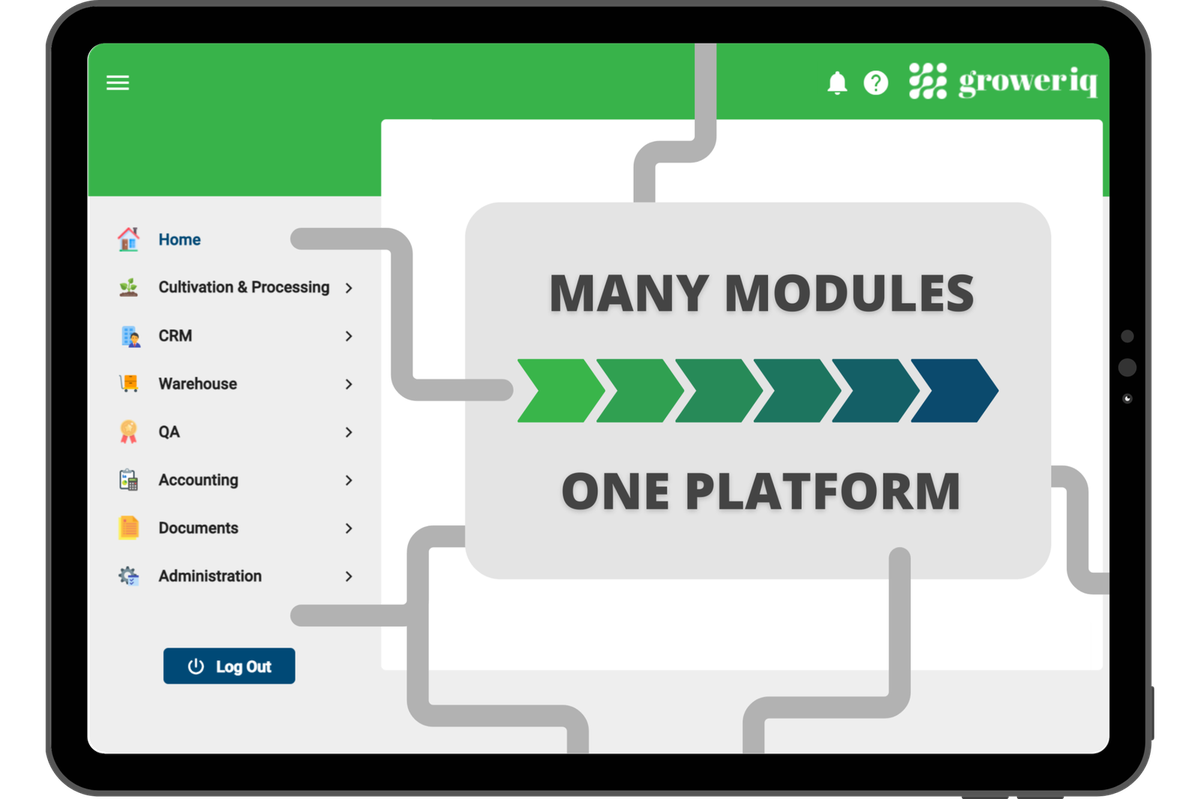
Compliance Made Easy
GrowerIQ simplifies compliance by providing a comprehensive system that ensures cannabis operators meet all regulatory requirements. The platform includes features such as traceability, reporting, and compliance monitoring tools, allowing operators to easily track and document every stage of the production process. This helps to ensure that all legal obligations are met and reduces the risk of compliance issues.
Efficient Cultivation Management
Managing a cannabis cultivation facility can be challenging, but GrowerIQ simplifies the process by providing tools and features specifically designed for cultivation operations. The platform allows operators to monitor and control environmental conditions, track plant growth and health, manage inventory and resources, and optimize production schedules. By centralizing all cultivation data and processes in one place, GrowerIQ helps operators make informed decisions and maximize the efficiency of their operations.
Seamless Manufacturing Integration
For cannabis operators involved in manufacturing processes such as extraction or product formulation, GrowerIQ offers seamless integration of manufacturing operations. The platform allows operators to track and manage the manufacturing process, from raw material intake to finished product packaging. By providing real-time visibility into manufacturing operations, GrowerIQ ensures quality control and consistent product outcomes.
Quality Management System
Ensuring product quality is crucial in the cannabis industry, and GrowerIQ simplifies this process with its quality management system. The platform allows operators to define and track quality control procedures, perform inspections and tests, and manage non-conformities or deviations. With GrowerIQ, operators can maintain the highest standards of product quality and compliance with ease.
Customer Relationship Management
GrowerIQ goes beyond production management by offering a built-in CRM system. This feature allows cannabis operators to track and manage customer interactions, orders, and preferences. By having customer data readily available, operators can provide personalized service, build lasting relationships, and drive customer loyalty.
Related Reading
- Cannabis Tracking Software
- Cannabis Cultivator Software
- Cannabis Tracking System
- Cannabis Erp
- Cannabis Accounting Software
Discover how GrowerIQ’s seed-to-sale software can help you set up all of the administrative components of a successful cannabis cultivation operation, without any hassle. Questions we haven’t covered? Please reach out and let us know. GrowerIQ serves clients coast to coast, and we’re ready to help your team today.
Streamline Cannabis CultivationAbout GrowerIQ
GrowerIQ is changing the way producers use software - transforming a regulatory requirement into a robust platform to learn, analyze, and improve performance.
To find out more about GrowerIQ and how we can help, fill out the form to the right, start a chat, or contact us.
